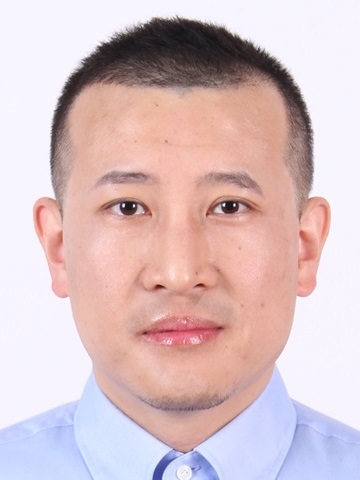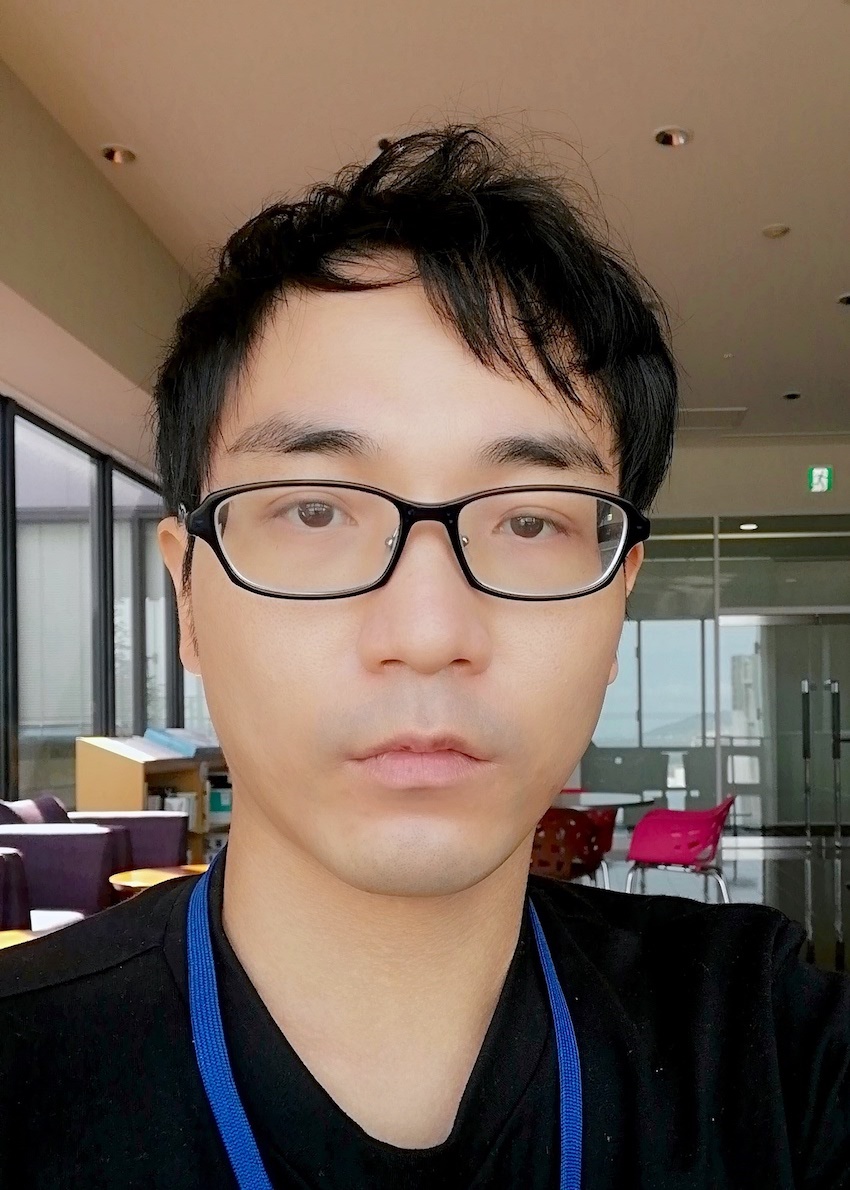トップページ
 イベント・広報
イベント・広報
 R-CCS Cafe
R-CCS Cafe
 R-CCS Cafe 第278回(2025年2月14日)
R-CCS Cafe 第278回(2025年2月14日)
R-CCS Cafe 第278回(2025年2月14日)
English| 開催日 | 2025年2月14日(金) |
|---|---|
| 開催時間 | 15:00 - 17:00(15:00 - 16:00 講演者3名による講演、16:00 - 自由討論(参加自由)) |
| 開催都市 | 兵庫県神戸市/オンライン |
| 場所 | 計算科学研究センター(R-CCS)6階講堂/Zoomによる遠隔セミナー
|
| 使用言語 | 発表・スライド共に英語 |
| 登壇者 |
Masado Ishii 大規模並列数値計算技術研究チーム  Yuan He 次世代高性能アーキテクチャ研究チーム  河合 佑太 複合系気候科学研究チーム  |
講演題目・要旨
1st Speaker: Masado Ishii
Title:
On-the-fly data structures: Adaptively refined octree meshes and geometry-based multigrid preconditioners
Abstract:
In the solution of partial differential equations (PDEs) modeling continuum mechanics, a common technique to reduce computational cost while maintaining accuracy is adaptive mesh refinement (AMR), which varies the discrete grid spacing locally depending on the complexity of the solution. For example, the breakup of a liquid jet moving through gas can be resolved numerically using AMR at the fluid interface, saving 10⨉ to 100⨉ of data compared to a uniform ultra-fine grid.
With the working data size and pure arithmetic much reduced, any overhead from AMR algorithms, especially in dynamic settings, must be minimized. This includes avoiding bottlenecks due to parallel load balancing, dynamic mesh topology updates, and irregular data access patterns. A further concern of AMR users is access to fast sparse linear solvers, namely the ease of implementing lightweight geometric multigrid preconditioners that often assume a uniformly structured grid.
In this talk, I will discuss my previous and ongoing work addressing the above points under the umbrella of octree-based AMR meshes. I will illustrate the locality-first design principle in algorithms performing topology update, geometric matrix-vector product, and a hybrid algebraic-geometric multigrid cycle, which all utilize the hierarchical nature of octrees.
2nd Speaker: Yuan He
Title:
Bridging the Gap for the Memory-Centric Computing Paradigm
Abstract:
Memory-centric computing, regardless of being under the disguise of processing-with-memory, processing-in-memory, or processing-near-memory, has emerged as a promising solution to the longstanding memory wall challenge, driven by the increasing disparity between processor and memory performance. As computational demands continue to grow, conventional memory systems struggle to keep pace, prompting the need for innovative approaches that reduce data movement and improve energy efficiency. PwM/PiM/PnM offer a way forward by integrating computational capabilities directly into memory systems, but current memory designs and research tools for implementing/exploring this paradigm remain limited in their readiness, scope and flexibility.
To address these shortcomings, we focus on providing innovative architectures, designs and simulation frameworks tailored for the cause of memory-centric computing. In this talk, a few innovative memory-centric computing related ideas will be covered, with which we plan to ready current memory technologies with more accessible computing devices, more efficient data communication and easier design explorations. We hope such efforts can serve as a robust foundation for realizing the next generation of memory-centric computing systems.
3rd Speaker: 河合 佑太
Title:
Development of a global atmospheric dynamical core using discontinuous Galerkin method considering global LES
Abstract:
Recent development of supercomputers will enable us to perform global atmospheric simulations with horizontal grid-spacing of O (10-100 m) near the future. In such spatial resolutions, large-eddy simulation (LES) is a promising method to correctly represent the effect of large-scale eddies in the planetary boundary layer (PBL). While the state-of-the-art atmospheric models often adopt low-order grid-point methods (e.g., second-order accuracy) for the fluid calculations, the numerical errors are possible to dominate the sub-grid scale effect by the turbulent models. Our previous study (Kawai and Tomita (2021)) indicated that the order of accuracy significantly higher than second order is required for the advection schemes. To achieve such high-order accuracy, we recently developed a new global dynamical core based on the discontinuous Galerkin method (DGM), which has several advantages such as the straightforward strategy for high-order discretization and computational compactness. In addition, a Smagorinsky-Liilly type turbulent model is introduced to the global dynamical core in the DGM framework. For the validation, we performed an idealized numerical experiment of PBL turbulence on a small planet. In this presentation, I’ll overview our model development and present results of the validation experiment.
注意事項
- 参加の際はPCマイクの音声・ビデオをオフにされるようお願いいたします。
- 当日の会場環境や通信状態により、やむなく配信を中止・中断する場合がございます。
- プログラムの内容、時間は予告なく変更される場合があります。
- ご使用の機器やネットワークの環境によっては、ご視聴いただけない場合がございます。
- インターネット中継に関する著作権は、主催者及び発表者に帰属します。なお、配信された映像及び音声、若しくはその内容を、理化学研究所の許可無くほかのウェブサイトや著作物等への転載、複製、改変等を行うことを禁じます。
(2025年2月7日)
